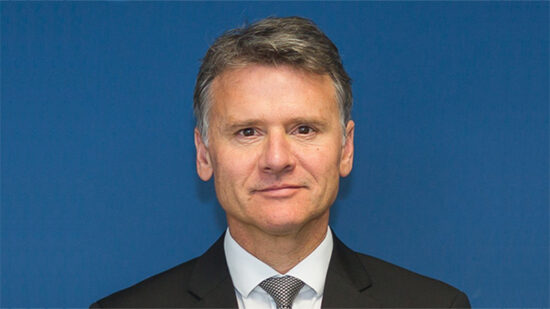With the price of gold expected to hit record highs in 2024, asset allocators are split on how to play the precious metal within their portfolios.
Having reached an all-time high at the start of December, briefly surpassing $2,100, Eric Strand, manager of the AuAG ESG Gold Mining ETF, recently forecast the price of gold will close the year with at least at 20% increase in price, in dollar terms.
“We believe that central banks will shift away from rate hikes and adopt a more accommodative policy stance in 2024, which will catalyse a substantial upswing in gold prices for the foreseeable future,” he said.
For James Penny, chief investment at TAM Asset Management, the recent strength of gold in both rising and falling markets has bolstered the credentials of the metal as a “true-blue” alternative for investors’ portfolios at a time when many are searching for just that.
“Gold certainly is an interesting investment in current market conditions,” he said. “In a world where rates and real yields are rising and bond investors are finally getting an income again, one can see this as an environment where a zero-yielding asset like gold suffers.”
Indeed in the rally of November in which bond and equities rose, Penny said the fact that gold also hit an all-time high would suggest the yellow metal not only remained resilient against rising interest rates, but also benefitted from them coming back down again, giving the asset class a “nice convexity”.
“Whilst there could be some short-term weakness in gold as investors potentially take a step back from the strength, we see continued stability from the metal; as real yields continue to look high and set for a more sustained lower to the benefit of this zero yielding asset,” he added.
David Coombs, head of multi-asset investment at Rathbones, sees the use of gold as tactical rather than strategic and despite the forecasts of jumps in the price of gold explained his fund’s gold positions remain very modest.
“As is well known, not having an income stream means valuing the metal can be an art rather than a science,” he said. “I think it is important to acknowledge that, rather than to try and post-rationalise its price movements.”
For Coombs there are two scenarios in which gold is attractive, the first, and he said most obvious, is stagflation.
“The problem is you need this to be a concern across most developed markets and in particular the US for this to impact the price positively,” he said. “But it is the dollar that is working not gold and you would be better off in US treasuries and cutting the coupon.”
He added: “The second scenario is a weak US dollar, either caused by falling interest rates (and therefore a falling opportunity cost) or a lack of demand for US assets. During these periods it is best for a sterling investor to buy gold and hedge the dollar.”
However Coombs said at any other time gold is an insufficient store of capital and that right now, government bonds are “potentially a better diversifier” to equities given the risks of a global recession and the fact investors are being paid 4-5% even if the recession is averted.
“This is why our gold positions are very modest and we have been actively adding duration,” he said.
James Sullivan, head of partnerships at Tyndall Investment Management, said the decision to hold gold simply comes down to investor risk appetite and mandate.
“When I observe that a FTSE 100 benchmarked fund manager has 6% in Shell versus the stock’s index weighting which is greater than 8%, I assume in peculiar fashion they are wanting that position to fall in value, so they outperform in relative terms,” he said. “This is something that has always interested and bewildered me in equal fashion.
“Holding gold is not too dissimilar,” he added. “Essentially an allocation to gold means less capital deployed elsewhere, potentially into equity markets. It is essentially a bet against markets going higher, and more some form of insurance against broader macro events, which are notoriously hard to predict.”
He added: “The opportunity cost of holding an asset with no earnings or yield is not to be overlooked in a fast-moving, upwardly mobile market, yet I am sympathetic to those who, on occasion, need something of a comfort blanket to help them sleep better.”








